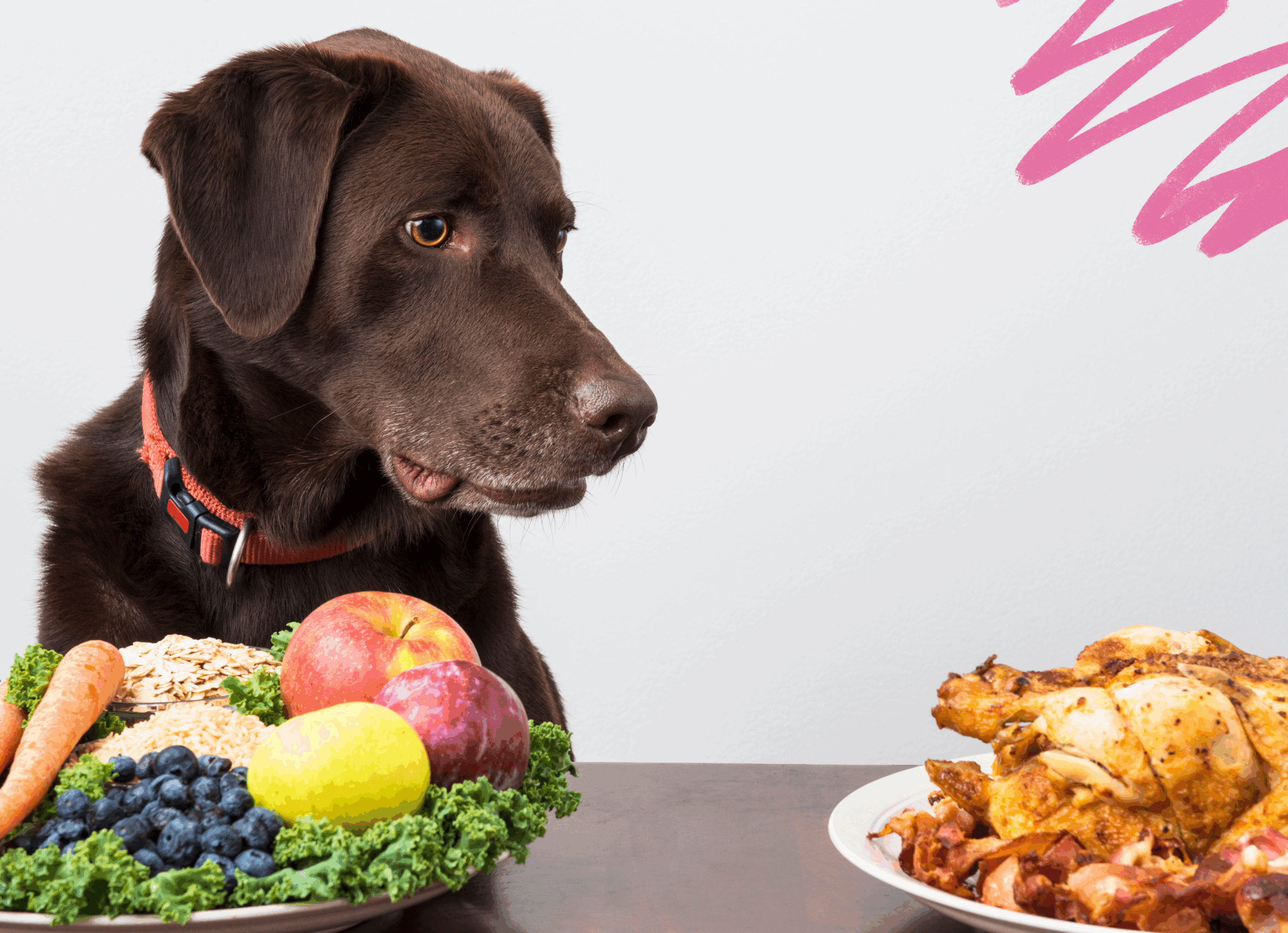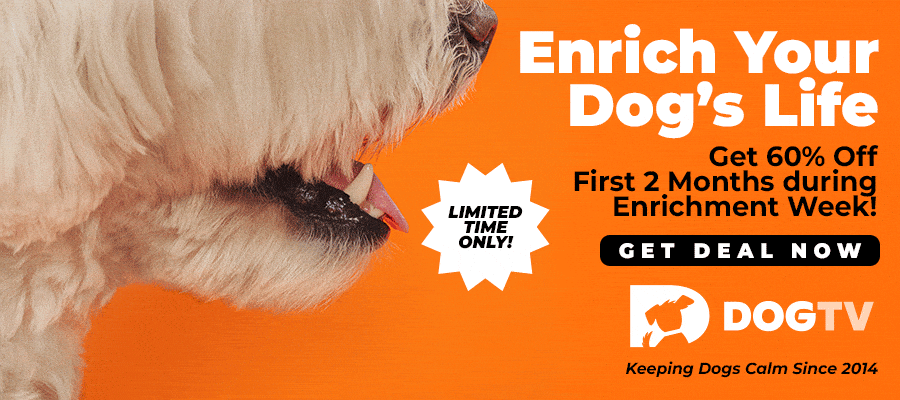The holiday season usually means lots of big, festive meals with family and friends, both two-legged and four-legged. With all that delicious extra food around, you can’t blame your dog for wanting to eat more! But it’s important to be careful how much you give them. According to recent research, more than half of the dogs in the U.S. weigh above their ideal weight, which can increase their risks of heart disease, kidney disease, joint problems, and much more. Here are some tips and tricks for managing your pet’s weight and keeping them healthy (hint: it all starts with a well-balanced meal)!
Understand your dog’s body weight
Are they overweight? Underweight? Just fine? There’s an easy way to tell! If you can see their rib cage and spine without any soft tissue covering them, then they are underweight. Check with your vet on the best course for adding pounds (which may include a few dropped pieces of turkey!).
If you can feel their ribs but not see them, and the stomach is tucked in, then they are generally in a safe weight range. However, if you have to press to find their ribs, and the waistline isn’t visible, your dog is what some people call, “chonky.” They should ideally start losing a few pounds. Click here for additional information, as well as a helpful chart, to help you figure out whether or not your dog is overweight.
Know how many calories your dog needs
Those guides on the side of pet food bags are there for a reason. Your dog needs a certain number of calories each day based on weight, age, health needs, and other factors. This includes those bonus treats. Take this into consideration when portioning out their meals.
Exercise
It’s always harder in the wintertime, but the importance of exercise cannot be overstated in its role in helping maintain their desired target weight. Keep them moving and playing daily. If it’s too cold to stay out for long, try playing tug-of-war, or a small game of fetch inside.
Here are some other indoor exercises you can do with your dog. Of course, always consider your pet’s health conditions and speak with your vet about appropriate levels of play.
Watch those treats
Treats play an important role in bonding with your pets, but most are usually fatty and high in calories, which can turn treats into an extra meal. Treats should make up no more than 10% of their total daily caloric intake. If you’re giving lots of treats already, try breaking the treats into smaller pieces so they last longer, or put them in a ball or other toy so they have to work to earn their treats!
Change your reward system
Along the lines of watching how many treats you give, you can consider changing how you reward your dog for good behavior. Instead of giving a treat for sitting, giving a paw, or just generally looking cute, give lots of praise instead. It’s always great to say, “Good boy (or girl)!”
Start a high-quality diet
Make sure your dog’s daily meals meet the Association of the American Feed Control Officials (AAFCO). If you’re unsure of the best food options for your dog, consider having a conversation with your veterinarian to discuss your pup’s nutritional needs, any health concerns, and their life stage when evaluating food choices.
Follow these tips to keep them happy and healthy for many more holiday seasons!


